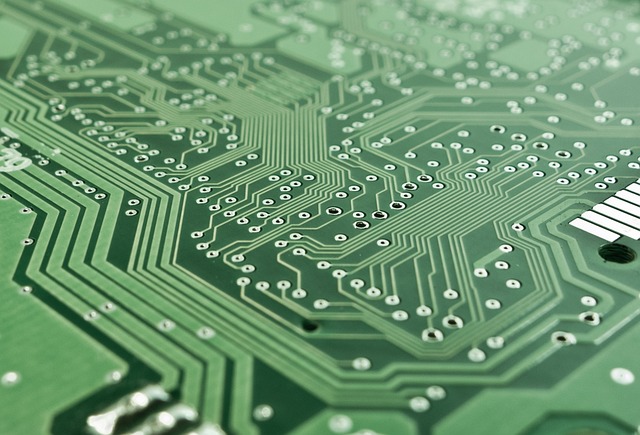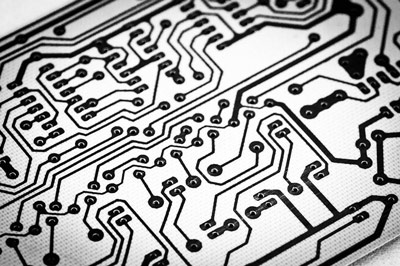For those who are not experts in electricity, there is often a very common confusion:…

What is electronic circuit prototyping?
In the prototyping of electronic circuits, a series of tools and materials are used to build an initial model of this type of circuit. It is a process that allows developers to identify and fix problems in the design before producing it on a large scale.
Keys to prototyping electronic circuits
This process has a series of essential keys that it is necessary to know. Below are what they are.
What is electronic circuit prototyping?
The prototyping technique applied to electronic circuits consists of creating an early version of them in order to test and validate their design. It is very useful to identify problems before investing resources and time in its mass production.
It is especially relevant in the case of complex electronic circuits, since errors in them are expensive and quite complicated to repair. In addition, it allows designers to make adjustments and improvements quickly and efficiently.
How the prototyping technique is performed
To carry out this process it is necessary to follow a series of steps, they are these:
- Circuit design: For this, specific software is used for this function. In this step, the electronic components that will be necessary, their arrangement and their connections are specified.
- Component selection: This includes diodes, resistors, capacitors, ICs, etc.
- Construction of the printed circuit board: This is the base on which the electronic components will be mounted. It is essential that you have the correct dimensions and the correct holes.
- Assembly: The components are soldered to the board and it is verified that the connections are well made.
- Validation: Tests are carried out to validate the prototype design. If any problem is detected, it is necessary to solve it and repeat the process.
Usual techniques
There are different techniques for prototyping electronic circuits. These are the most common:
- Printed circuit boards: It is the most common. They are generated using design software and then the electronic components are assembled on it.
- Breadboards: These are breadboards in which it is not necessary to solder the components, they are simply inserted into the holes and fixed by spring clips.
- Prototyping modules: They have holes to insert the components and connectors to fix them, so they don’t need soldering either.
The advantages offered by the prototyping of electronic circuits
Prototyping is the best solution for customers, since it allows the product to be adapted to their needs. These are its main advantages:
- Time and resource savings: Allows designers to test different configurations and make adjustments and improvements. This saves time and resources.
- Error identification: They are detected quickly and, more importantly, before their large-scale production, so they can be fixed.
- Improved circuit quality: By allowing designers to optimize the circuit beforehand, its quality and performance are greatly increased.
Electronic circuit prototyping is a process that benefits both companies and customers. The former are more efficient and the latter get just what they are looking for. At Electrolomas we manufacture both rigid and flexible electronic circuits using this technique. Follow our activity through our social networks and contact us to learn about our products.


